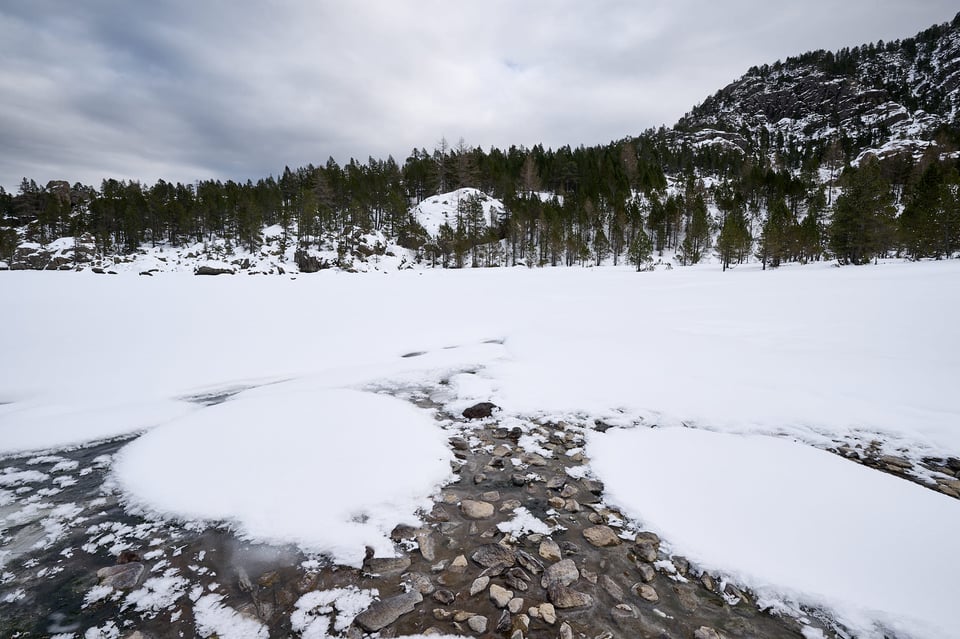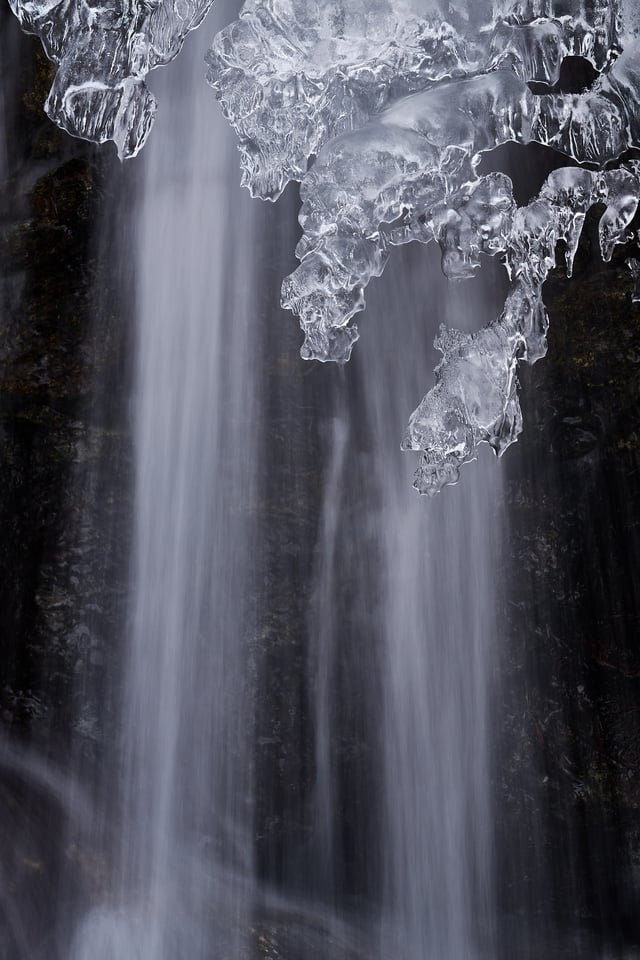In photography, having a vision and a concrete plan is always helpful. But getting too attached to your initial ideas can prevent you from seeing good subjects in front of you, especially when they are entirely different from what you had in mind.
Of course, having a plan when you go out to photograph nature is essential for more than one reason. First, planning allows you to organize your time efficiently and be prepared for various situations. For example, knowing when and where the sun will rise allows you to be in the right spot at the right time.

Furthermore, a mental list of subjects to photograph, such as specific animals or landscapes, will maintain your focus. A list of ways of shooting the subject will help you bring the right focal lengths. And, if you’re planning on using long shutter speeds, you’ll need to bring a tripod and some neutral density filters.
Knowing what you’ll need also means you can pack lighter and leave what isn’t helpful at home. There is probably no point in bringing a 14-24mm lens with a GND filter set if you’re after the Bearded Vulture flying over mountain peaks.
Or, suppose you often take photographs in the mountains like me. Then, you’ll want to monitor the weather forecast and dress yourself appropriately for the harsh and unforgiving chill.
Embracing the Unexpected
Despite the importance of planning, it is equally crucial to be flexible and ready for unexpected circumstances. Sometimes, the best shots happen when you least expect them and being open-minded about the possibilities can give you surprising results.
I was in this kind of trouble many times in my journey as a photographer. I remember a challenging winter cruise around the Svalbard archipelago early this year looking for polar bears, and…I saw none. But I adapted, and took outstanding photos of Arctic scenery instead.
The last time things didn’t go according to plan was a few days ago, when I wanted to photograph great views of a frozen lake in the mountains. But after reaching it, I found the lake completely covered by windblown snow.

I was disappointed. It was depressing to hike for two hours, only to arrive and see a snowfield without texture, instead of a smooth, icy surface with cracks and air bubbles I dreamed of enhancing with a wide angle lens. Even worse, despite my attempts, I found no composition that could leverage the few lines I did notice. It was terrible.

After a few mediocre frames, instead of quitting and heading back empty-handed, I gave myself time to look around. After some searching, I found another opportunity.
It was a tiny waterfall, not even a couple meters high, embedded in an area not touched by the sun and surrounded by skeletal trunks and broken branches. Nothing immediately striking, nothing comparable to the grand vista I had in mind. And nothing you can portray using a wide angle. But it was freezing, creating lovely ice lace. Could it be an alternative plan?

So, I positioned my tripod and used my telephoto lens to get closer to the details. It was different, challenging, and fun because everything was about finding the best composition. I also imagined how the sharp and pointed ice crystals would contrast with the water flow if I were to use longer shutter speeds. So, I added a three-stop neutral density filter, and was quite pleased with the results.


In my opinion, being a photographer is the art of observing, of looking with new eyes at every detail and texture, and of playing with light and shadow. It’s imagining how different shooting techniques can transform what’s in front of you, revealing details in a unique way. In these moments, you need to push your creativity and stretch your imagination. After decades of photography, discovering the unexpected this way is the thing that continues to amaze me the most.


Conclusion
Photographing nature is an enriching experience that needs a balance between planning and adaptability. Have a plan, but be open to the scene in front of you so that you can capture surprising images. As my experience of the small frozen waterfall shows, sometimes the best photographs come from the unexpected. So, remember to carry an open mind and be ready to discover the unexpected!

I hope you found this essay about managing unforeseen conditions enjoyable. If you have any questions or comments, please don’t hesitate to leave them in the comments section below!
Excellent article, and this is how I always approach my nature photography. Except for one workshop I attended, I never go out with any preconceived plan for what I want to capture. My most memorable and popular images were and continue to be those nature scenes and lighting that just abruptly startle and mesmerize me when I’m out exploring and then I make the immediate decision to analyze it further and capture it in camera.
This is why I always try to take my camera with me, because whenever I could but had decided not to I’d definitely see something worth taking a picture of. The amount of “boring” photos is increasing if you’re always in search of something exciting, but those rare gems are totally worth it. Besides, even the boring shots might be enhanced through post-processing, so I spent a lot of time trying on various Photoworks filters and sometimes it works out better than I’d imagine. Discovering the unexpected is always the key that moves photography forward.
Massimo – nice article. I must admit that when shooting Macro is like this most of the cases. Maybe I go in a place looking for a certain kind of flower and then I discover that is too early in season or too late and I always end up shooting something unexpected. Last time there were a beautiful moth sleeping on a tree, found after two hours of walking and no good flowers in sight. If the situation allows, is always better to carry one lensm more…….
Hi Mauro, I’m glad you liked the article. Definitely, two is better than one – pun intended, it was a pretty famous sentence in Italian TV publicity of an Ice cream brand back in time… you are from 1970, you know it for sure :)
“Du gust is mej che one”. Can be applied to many things in life. Lenses for sure!
“Du Gust is mej che one”. It works for a lot of things in life. Lenses for sure!
Given that you wanted to do a wide-angle of the lake, it was smart planning to take your 100-400mm lens as well!
Hi Jason, I rarely go out with just one lens. 100-400 and 24-120 are often in my backpack because they are helpful in many situations. That time, I had the 14-24 for the expansive scenery I was targeting and 100-400 for wildlife, in case something special was around. I have my trusty 100-400 with me most of the time I go around, actually.
Thanks for sharing your experience. Glad you made the best of it, nice photos, creative angles and compositions indeed, I especially like the ones in a vertical orientation.
Hi Eduardo, I like to narrate my experiences and I’m happy you liked my essay.
Looking for the frames was a playful thing. Anytime you zoom in or out and move a bit the ball head, you get a different frame.
Massimo, really interesting article, thanks for sharing! I like the message about being open to the scene in front of you. And those photos at the end are really cool!
Adam, I’m happy you like it.
The here and now is something we all must leverage a lot more than we do, in any situation.